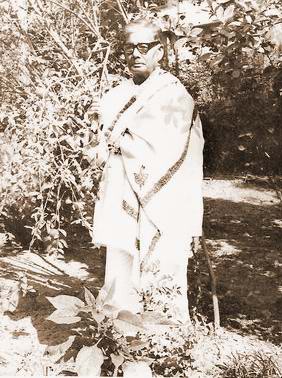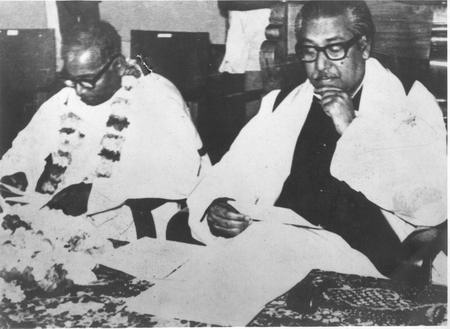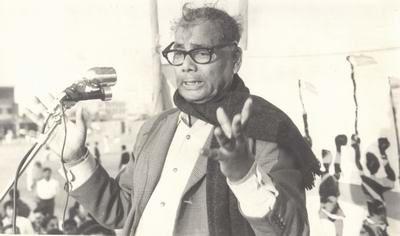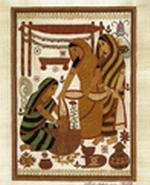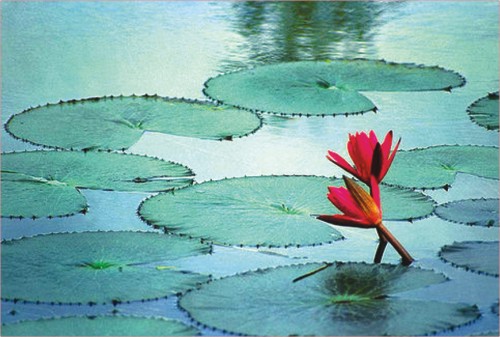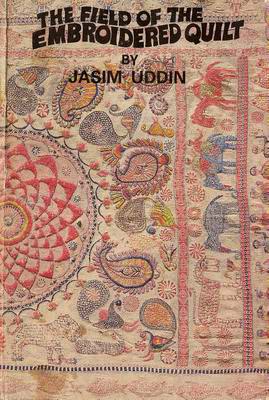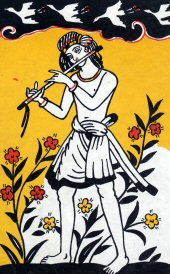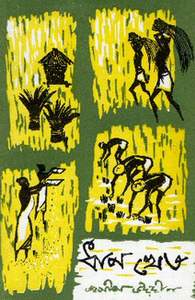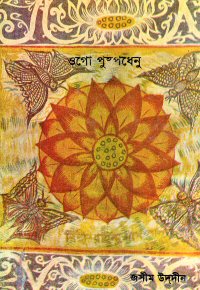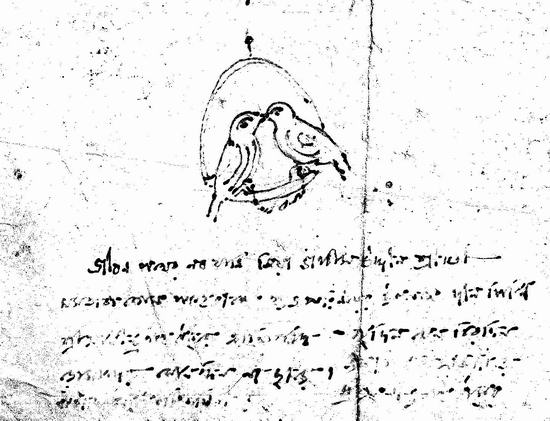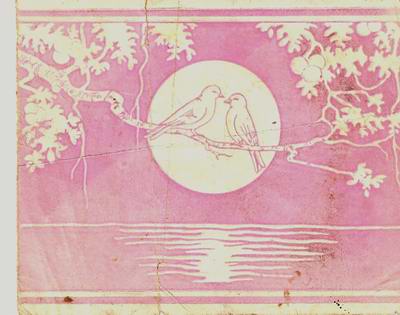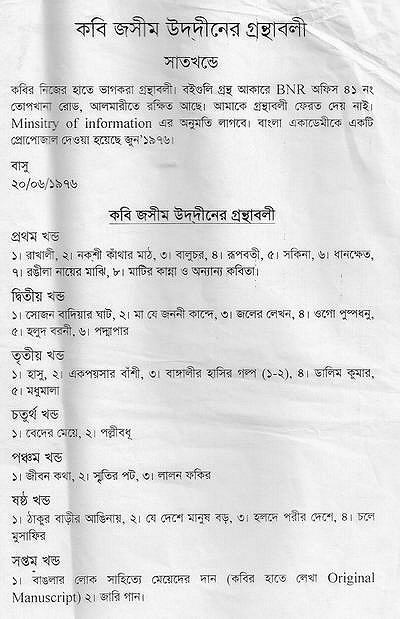Books of Jasim Uddin in English and Bengali
His poetry appears like the breeze from the countryside that cools the sighs and sweats of urban living. He is congratulated for creating a new school of poetry ;
Dr. Dinesh chandra Sen
Jasim Uddin's poetry has a new trend, a new taste and a new language.
- Rabinranath TagoreI read the poem with growing excitement and have returned to ist again and agiain to be delighted by its simplicity, its charm, and its deep humanity."
Verrier ElwinJasim Uddin knows every fact of village life in Bengal and is partial to rural people. The heroes of his poems and stories are farmers, fishermen, boatmen, weavers, cowherds, even roadside barbers, wandering gypsies, palmists and astrologers
B. Painter and Y. LovelockA rare document: Greetings by Rabinranath Tagore - on Jasim Uddin's marriage
The Field of the Embroidered Quilt (also in Italien: Terra dalla Coltre Ricamta)
Gypsy Wharf ( also in Italien: Zingaro Sugiom)
The Folk Tales of Bangladesh In Bengali (US Dollars 5+ postal expense)
Poems:
1. Suchonayni (Collected Poems) US Dollars 8)
2. Nakshi Kathar Math
3. Sujon Badiar Ghat
4. Rakhali
5. Sakina
6. Halud Barani
7. Ogo Puspodhani
8. Matir Kanna
9. Jaler Lekhon
10. Mago jalio Rakhish Alo
11.Vhayabaho Shai Dinguli (Poems of war for Independence)
Travel Stories:
1. Germanir Shahara Bandaray (Germany)
2. Chala Musafir (USA)
3. Je Deshe Manush Bar (UDSSR)
4. Halde Parir Desh (Jugosclavia)Novels:
1. Boba kahini
2. Bou Tubanir PhulSONGS:
1. Rangila Nayar Mazhi
2. Padma Par
3. Ganger Par
4. Murshida Gan
5. Jari Gan
6. Baoul GanTheater:
1. Beder meya
2. Madu Mala
3. Palli Bodhu
4. Gramer Maya
5. Asman Singha
6. Karimkhar BariMEMORY:
1. Thakur Barir Agina
2. Saronay Saronbhai
3.Sritir Pot 4. Jader DekhrchiBooks for Children:
1. Hasu
2. Ek paishar Bashi
3. Bangalir Hashir Galpo (1 and II)
4. Jamunabati
5. Dalim Kumar
6. Asmanir Kabi Bhai
Jasim Uddin's Granthabali - all books in 7 Volumes
In 1974 Jasim Uddin submitted to publish his Granthabali in 7 volumes.
Almost fifty years have passed but his Granthabali yet to be published
A Thousand Year Old Bengali Mystic Poetry
From time to time Bangladesh searches for its roots as if trying to put back the missing part of long history. In the search for these roots we must look its poetry:
The mind is a tree, the five senses are its branches.
Hope bears fruits and leaves abundance.One who does not know the mystery
Of this tree's growth and destruction.
Fool is he to have to come back again and again
In the Samsara to receive pain.
By Hasna J. Moudud
Hardbound US Dollars 20Order Your Book from:
Palash Prakashani
10, Kabi Jasim Uddin Rd.
Dhaka 1217, Bangladesh
Home
"A Thousand Year Old Bengali Mystic Poetry" by Hasna Jasimuddin Moudud (daughter of famous poet Jasimuddin), who has done an extensive research on Bengali mystic poems called "Caryagiti" which was written more than thousand years ago. In addition to the translations of these spiritual poems, she also presented the history of the language and the people so exquisitely, they deserve to be appreciated by the conscious people. The following are some parts taken from the book. These poem-songs in old Bengali, designed to be sung with a particular rage, constitute an integral part of the heritage of Bangladesh and the basis of a long established tradition of poetry which has survived to the present day. These verse by Buddhist mystic poets are not only beautifully written and add greatly to Bengali literary traditions but they also constitute an invaluable source for the study of Bengali society and the Buddhist religion between the seventh and twelfth centuries. They are a particularly important discovery, since there are very few historical documents of the period in existence. Although the siddhacaryas, the writers of the Caryagiti dealt primarily with certain deeper metaphysical problems of tantric Buddhism, they also described their world.
A Thousand Year Old Bengali Mystic Poetry" by Hasna Jasimuddin Moudud
It may be presumed that Bengal had developed a culture of its own which was non-Vedic and non-Aryan. It is true that the Aryan culture, and the Vedic, Buddhist and Jaina religions influenced Bengal. The primitive culture became absorbed but it also influenced its adopted religion. The diffusion of the Vedic culture is seen during the Gupta period, evidenced by epigraphic inscriptions. The Vedic influence became stronger in Bengal during the Pala period. The Varman and the Sena kings were patrons of the Vedic culture.
According to Dr. Dinesh Chandra Sen, the country was for centuries in open revolt against Hindu orthodoxy. Buddhist and Jain influences were so great that the Hindu code of Manu prohibited all contact of the Hindus with this land; hence Brahminism could not thrive there for many centuries. With the revival of Hinduism the Sanskrit pundits did not accept works in Bengal were carried away to Nepal and Burma as Buddhism was gradually suppressed in India by the Brahmins. Sanskrit scholars from outside Bengal who brought about a Hindu revival in Bengal abhorred the simple Bengali language.
In Bengal Buddhist mysticism had three important forms: Vajrayana, Shahajayana and Kalachakrayana. Vajrayana and Shahajayana represented different aspects of the same mysticism. The first was concerned in which ceremonies had no place. The siddha authors of Caryagiti treated this aspect of mysticismCaryapada 1
The body is like the finest tree, with five branches.
Poet: Luyipada, Raga Patamanjuri
Darkness enters the restless mind.
Strengthen the quantity of Great Bliss, says Luyi.
Learn from asking the Guru.
Why does one meditate?
Surely one dies of happiness or unhappiness.
Set aside binding and fastening in false hope.
Embrace the wings of the Void.
Luyi says: I have seen this in meditation.
Inhalation and exhalation are seated on two stools.
The author Hasna Jasimuddin Moudud has done an extensive research on 'Caryagiti' and presented it in the book called, "A Thousand year Old Bengali Mystic Poetry." The translation of the poems has been done by the author herself. The mystic images and the ancient Bengali script are omitted here for complexity
A THOUSAND YEAR OLD BENGALI MYSTIC POETRY -CaryagitiLast Modified September 24, 2009
